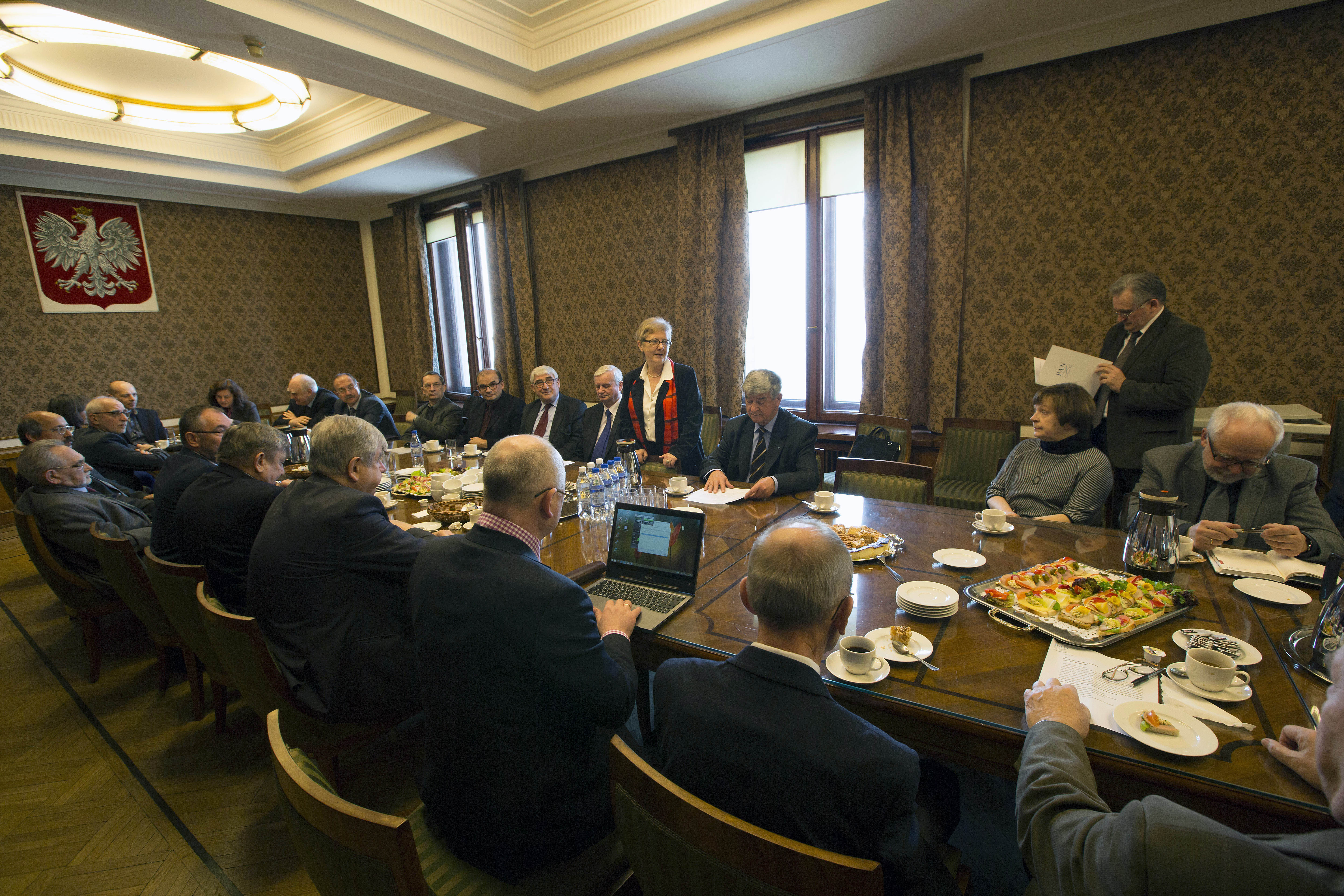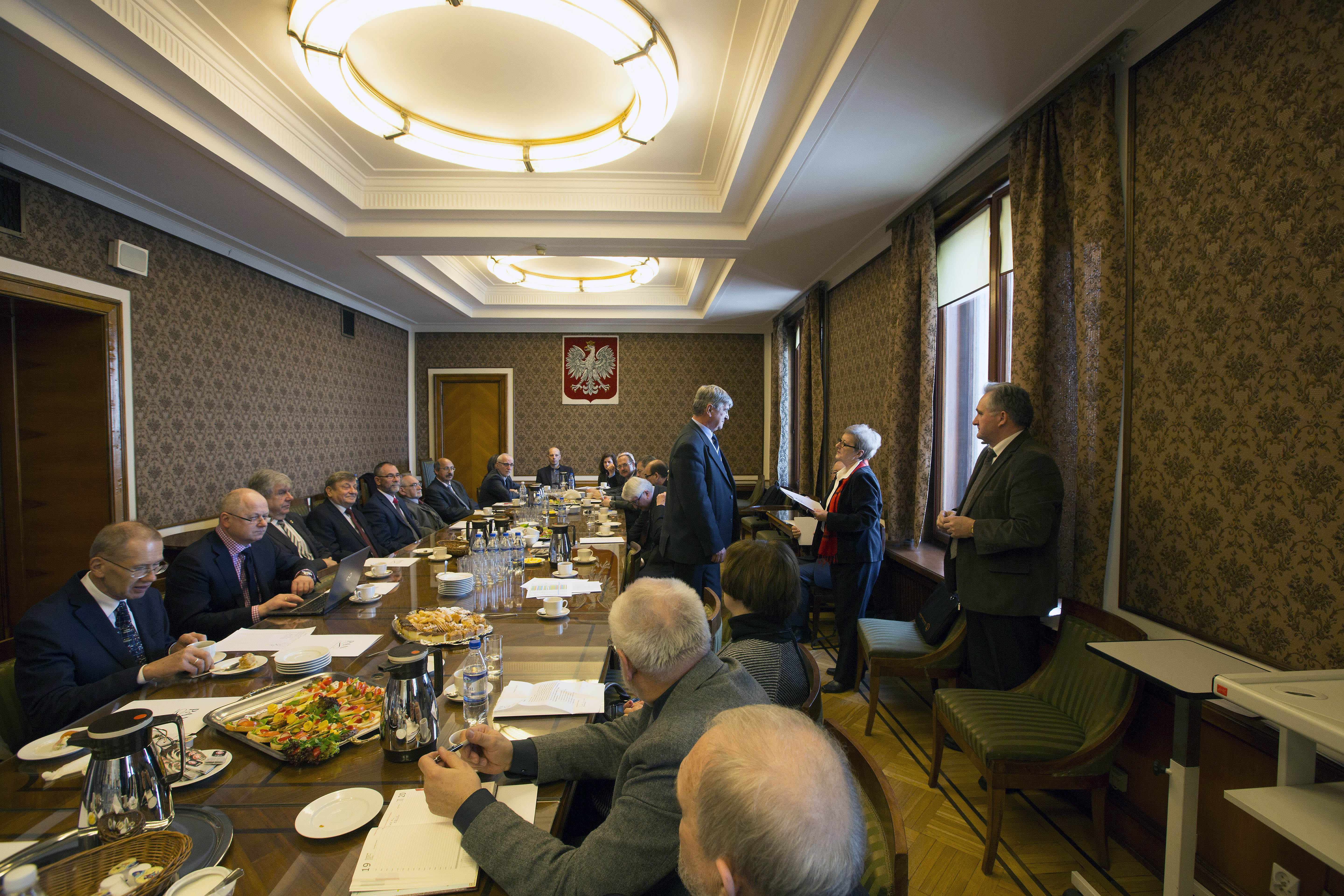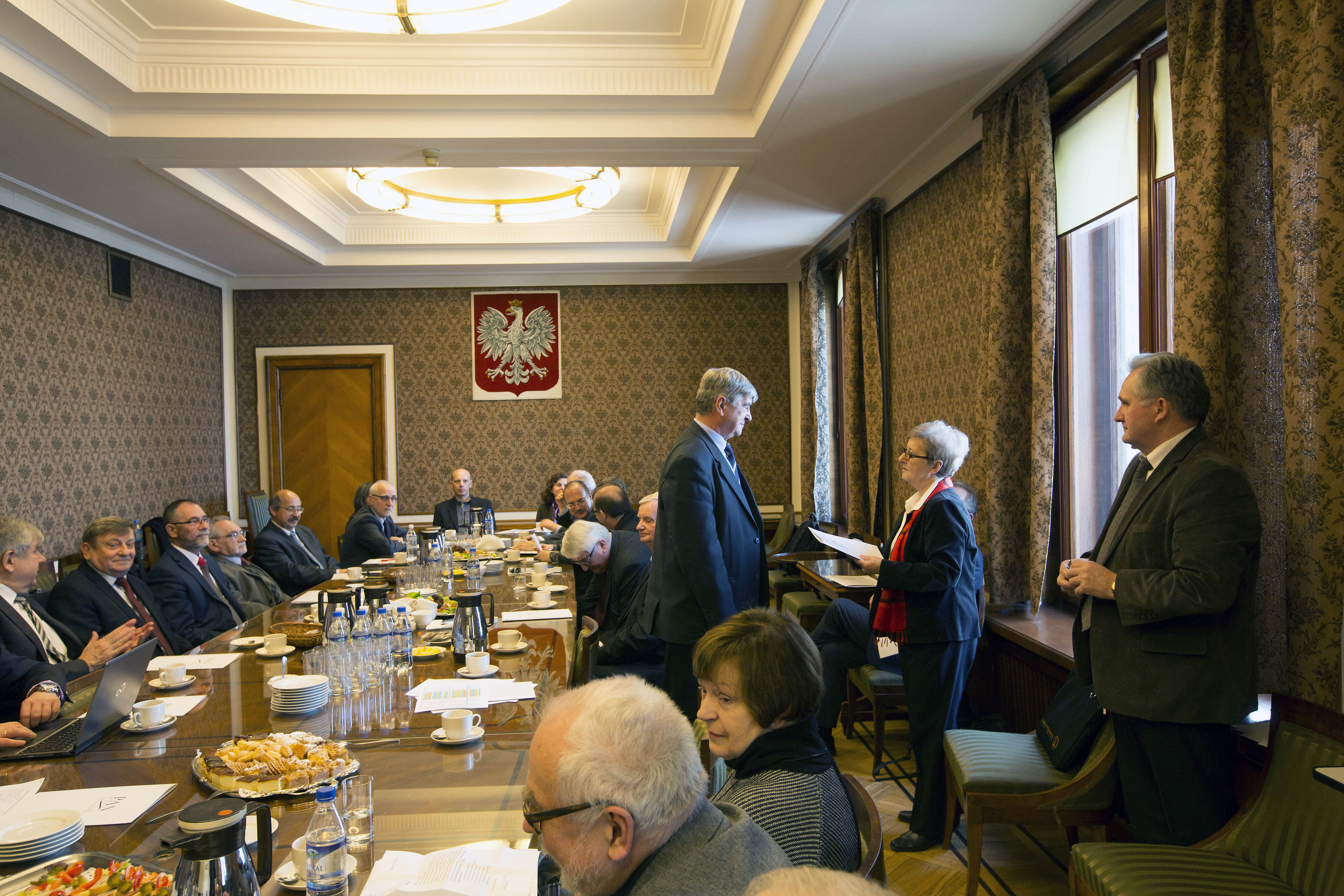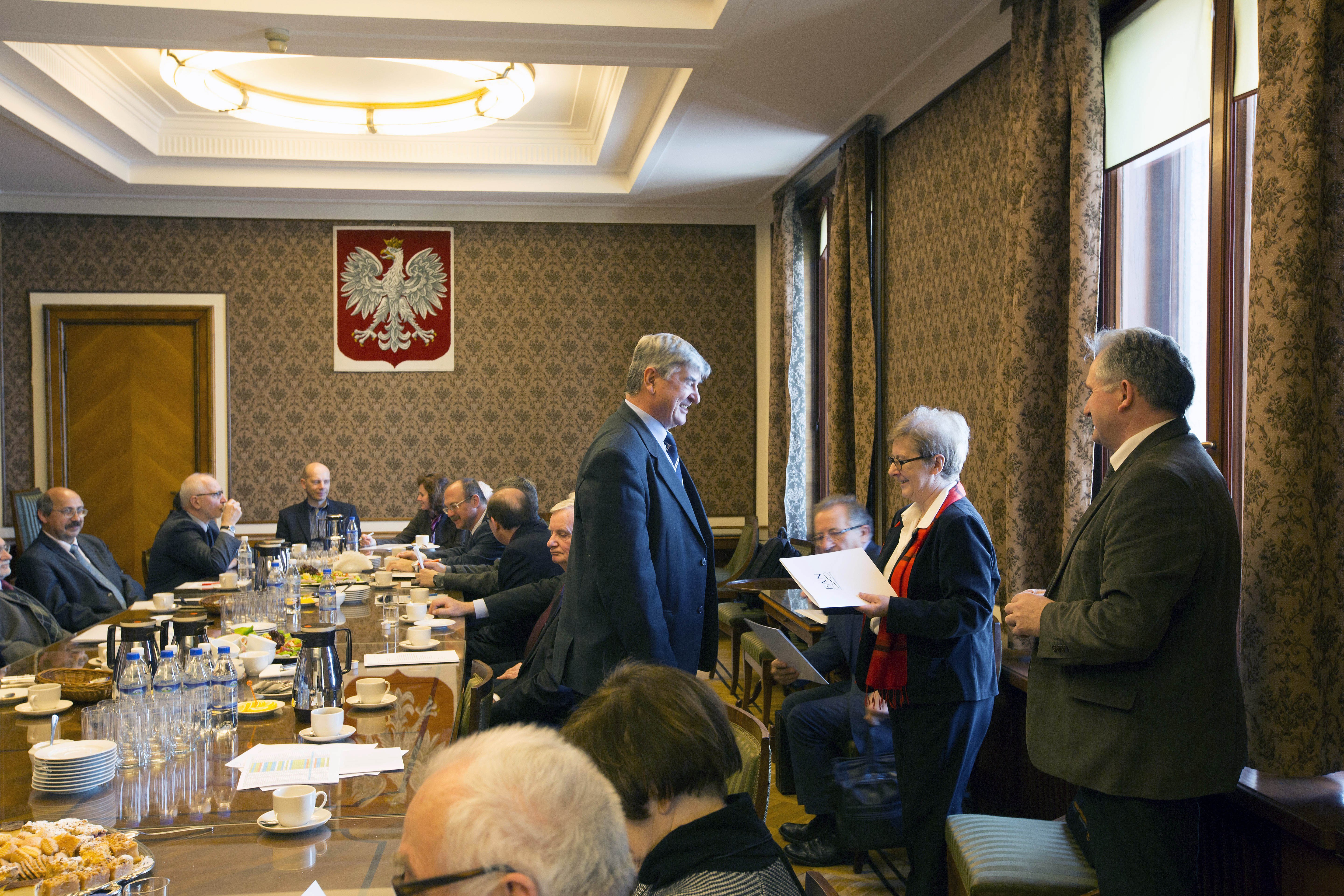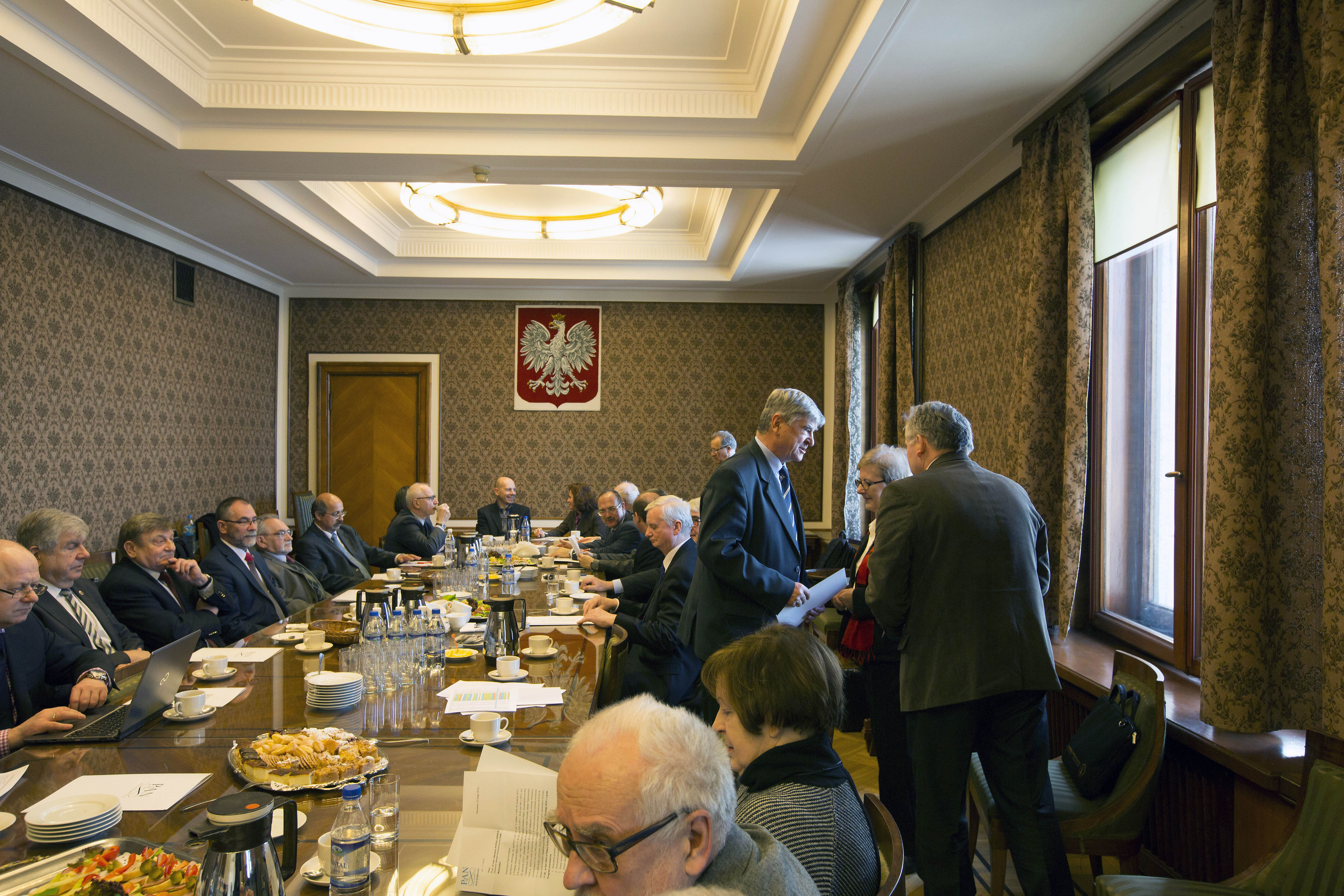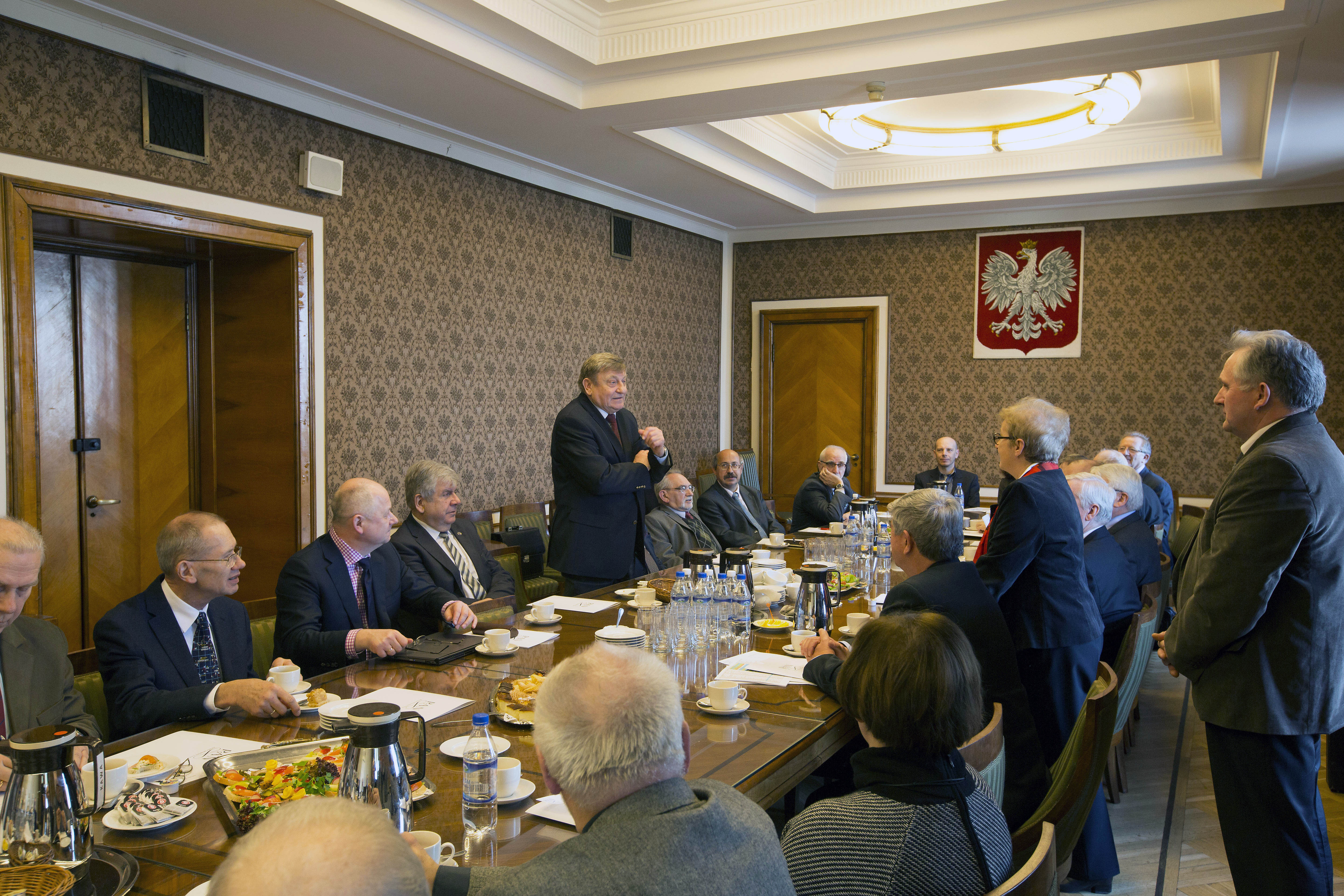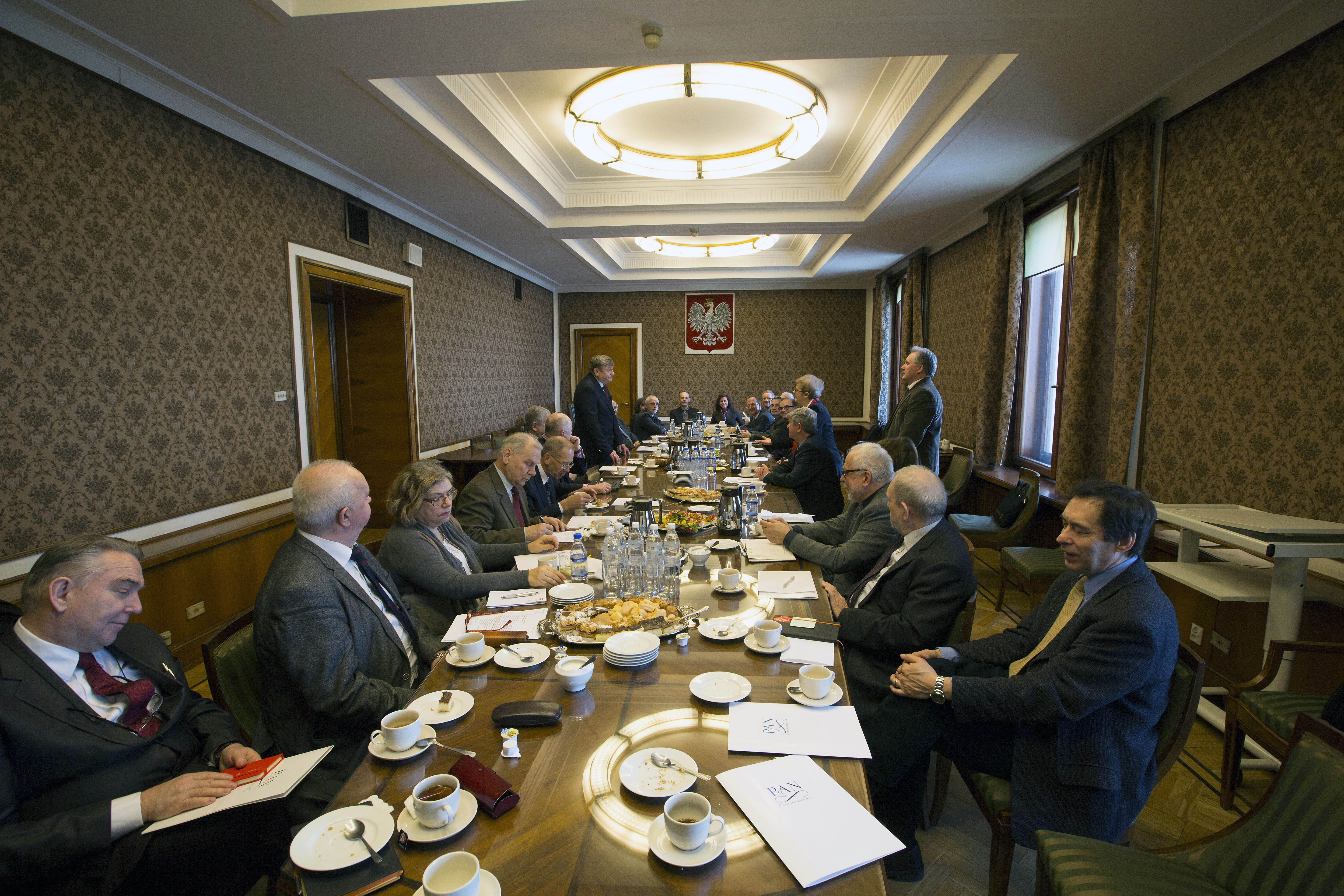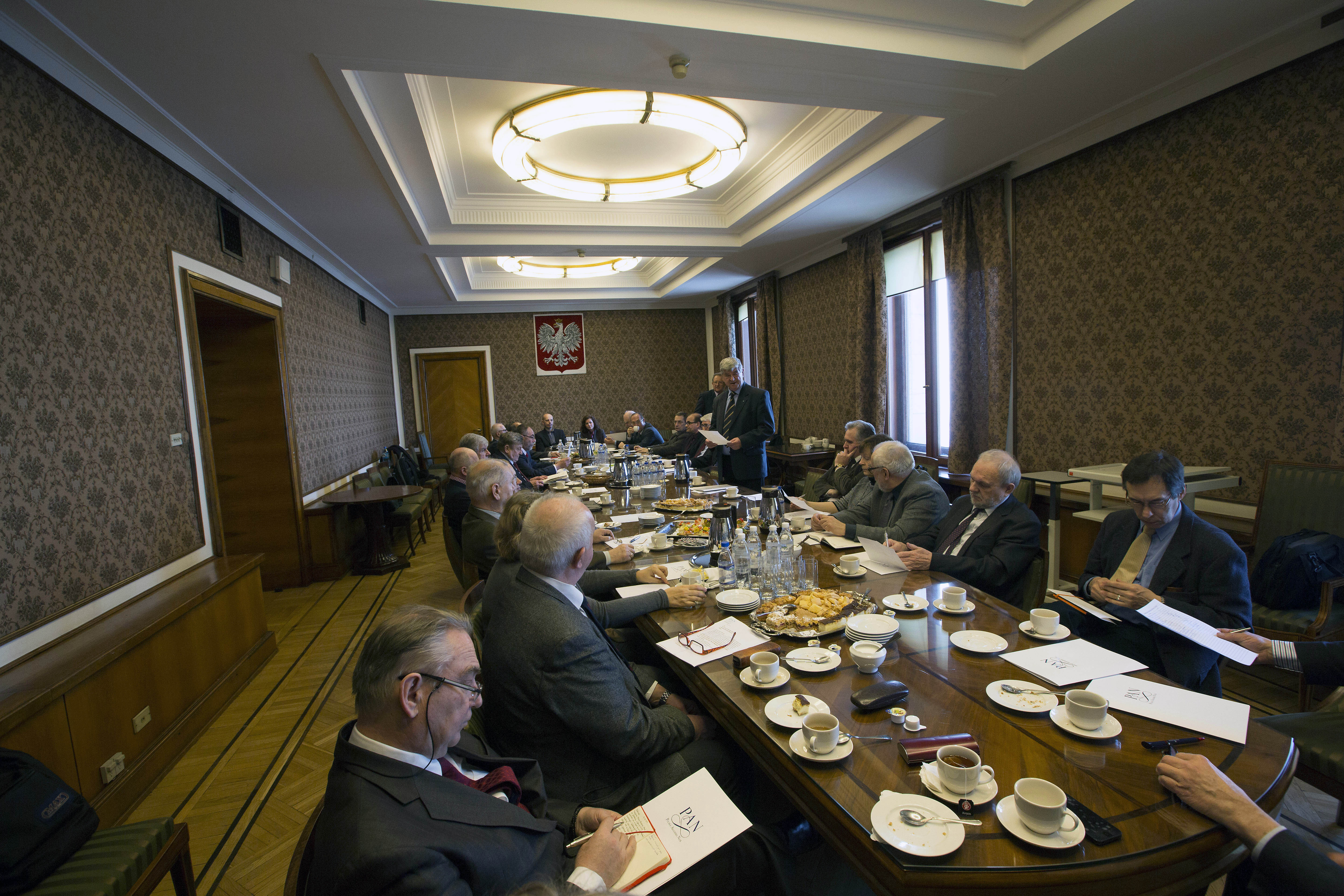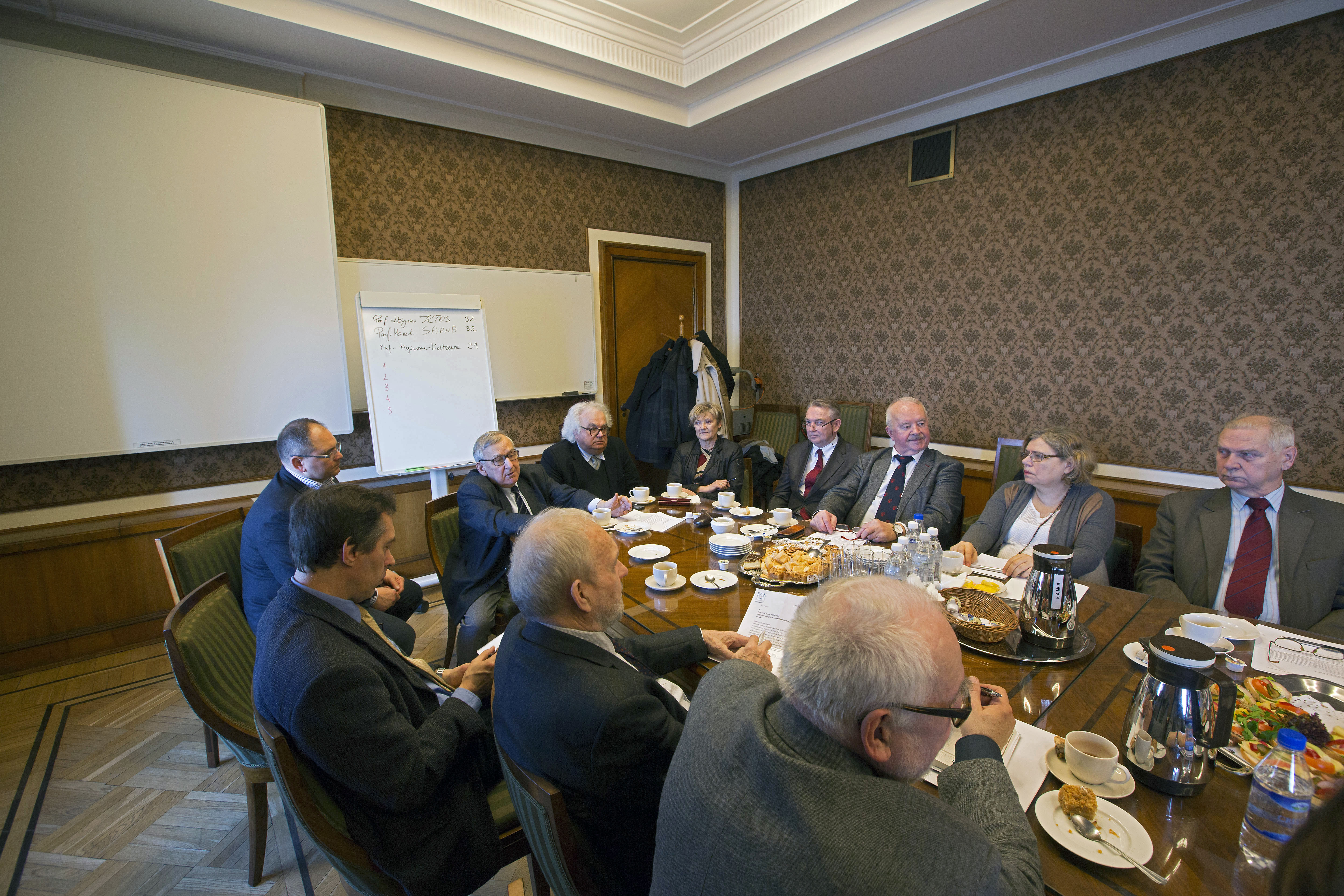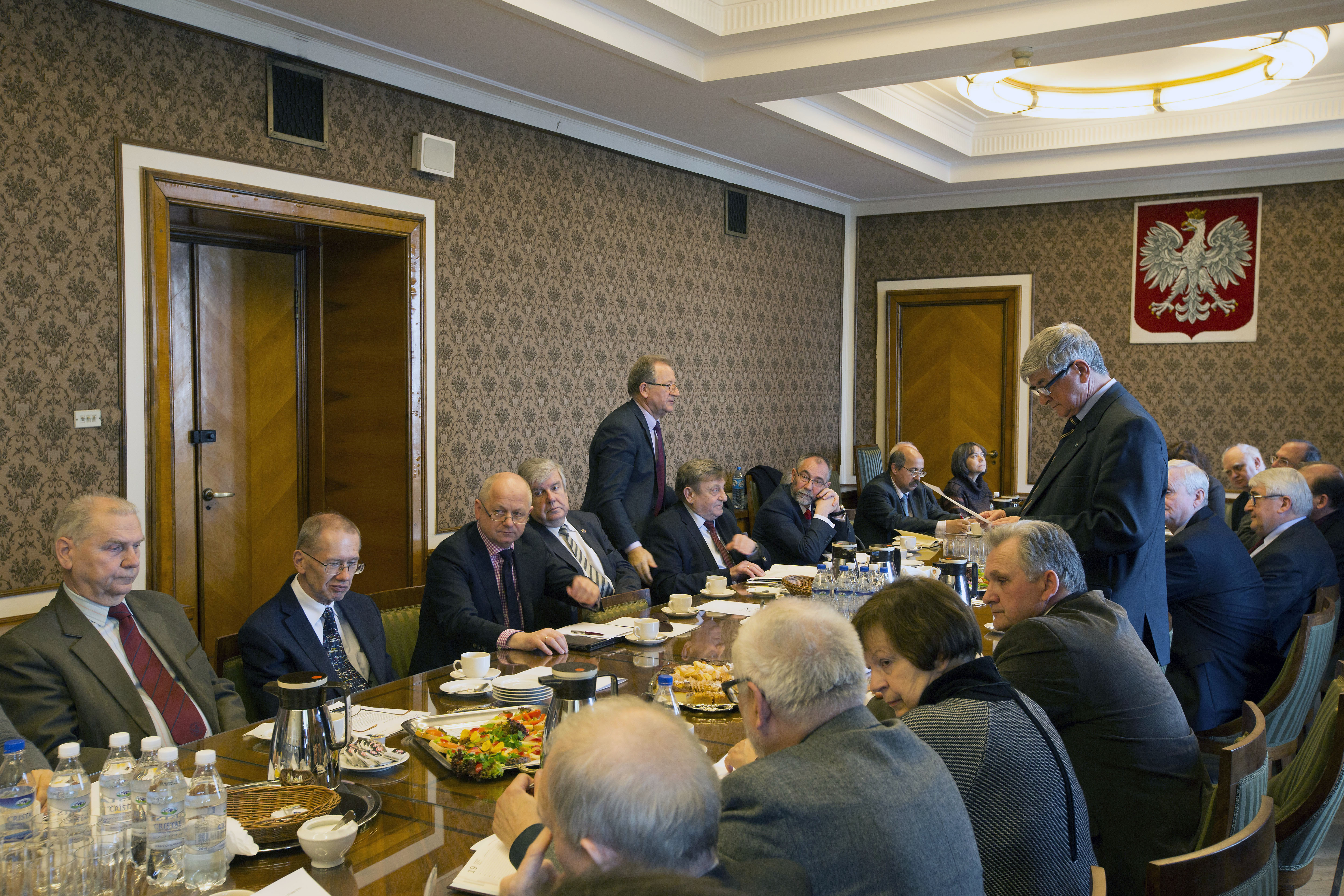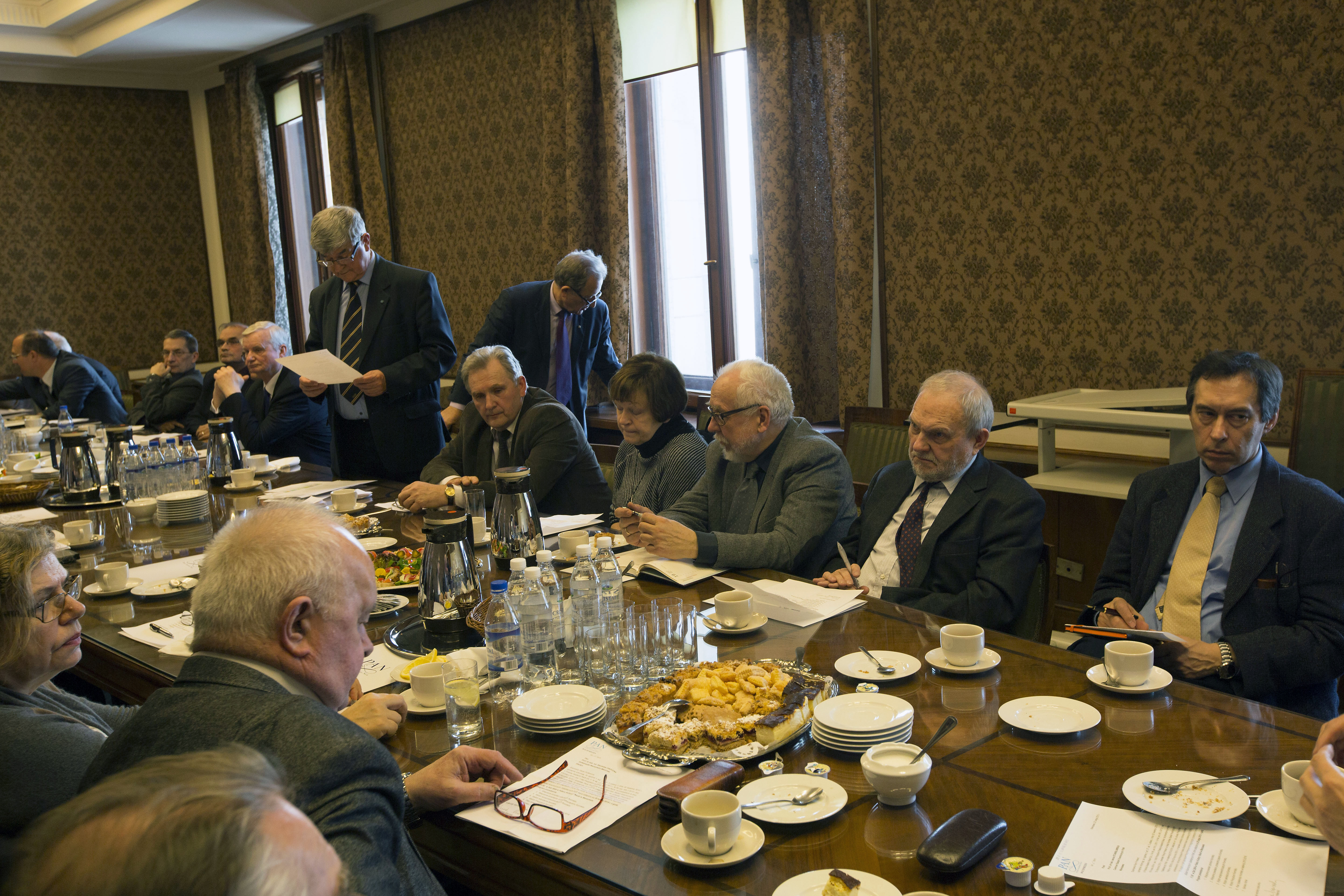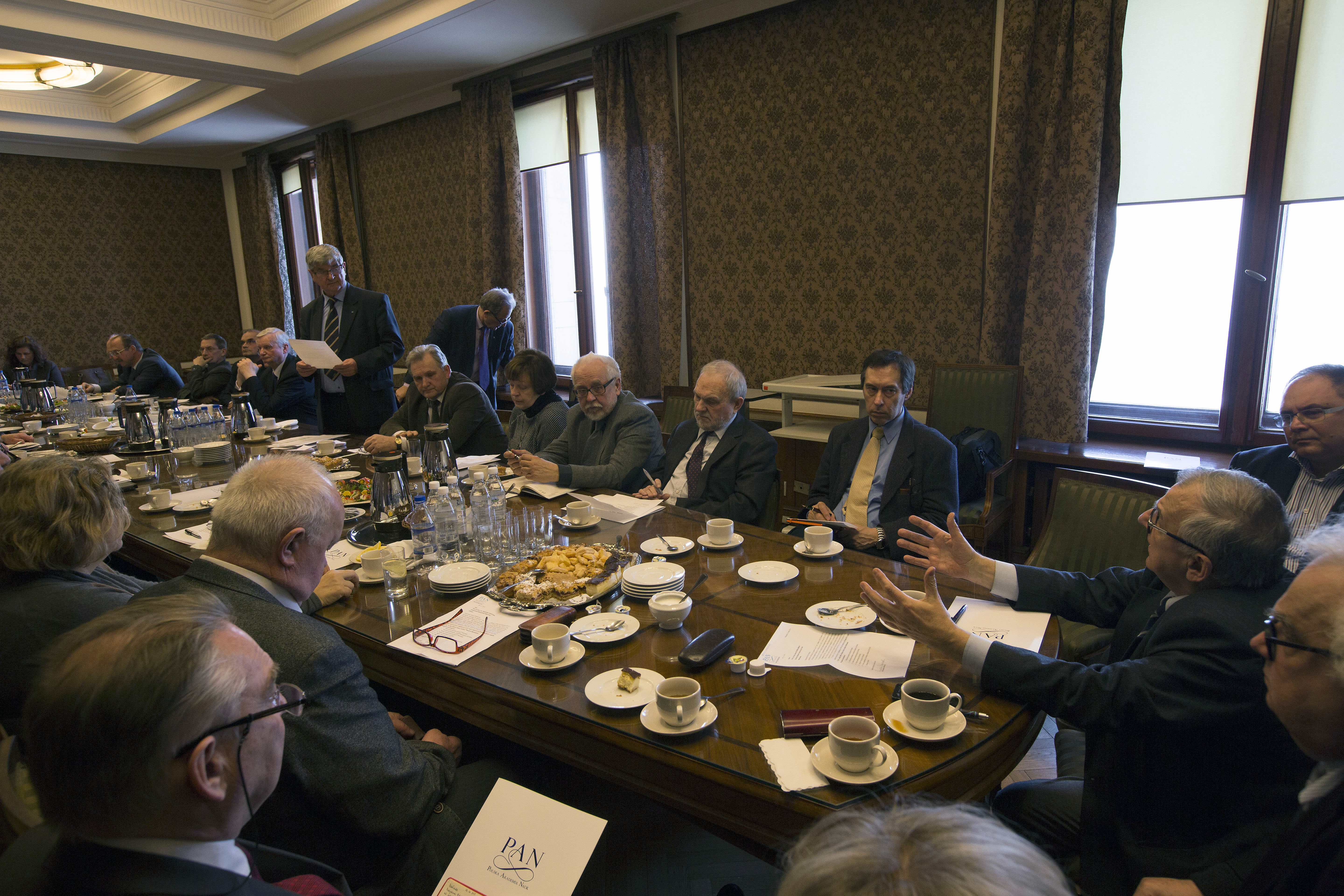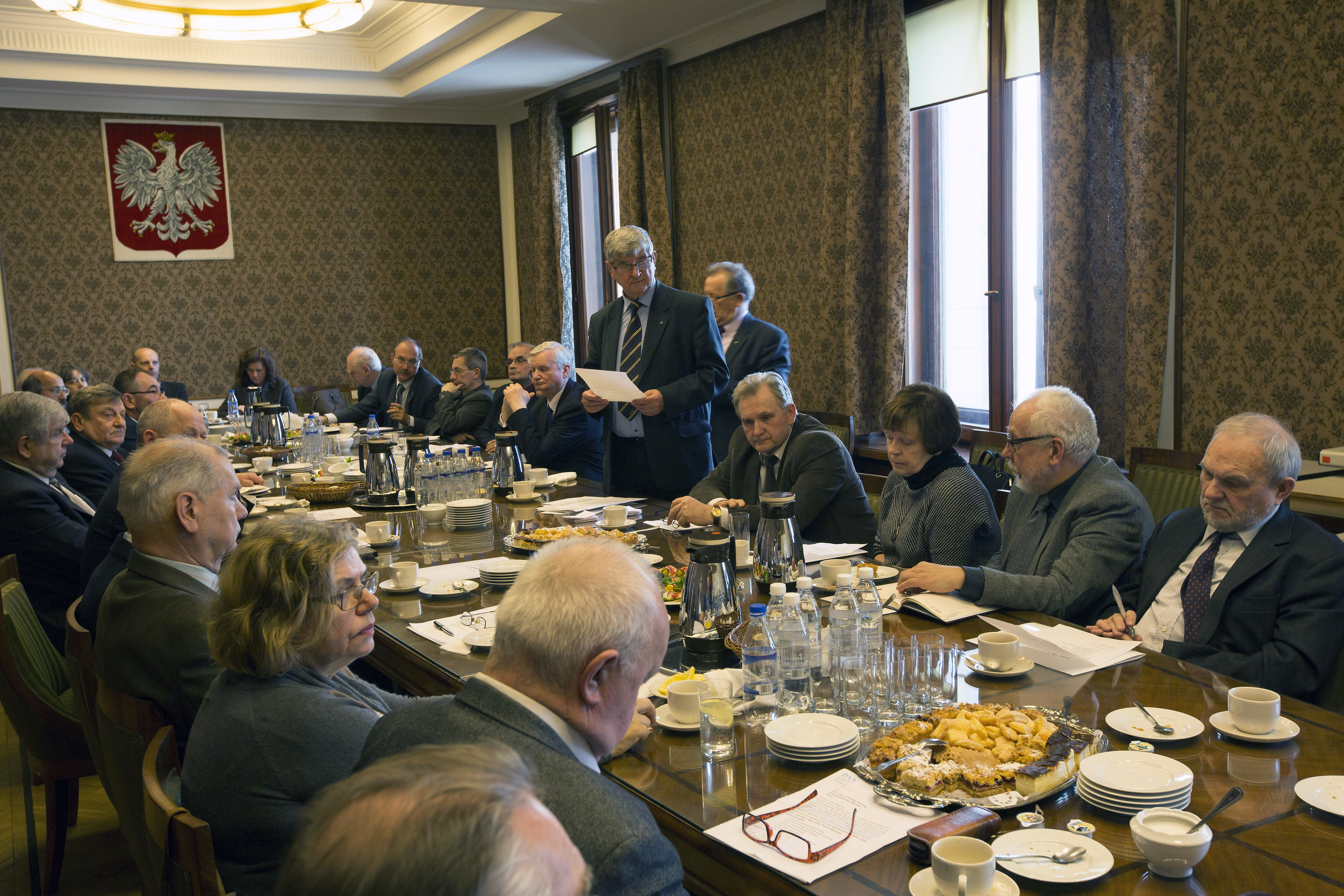- Autor: Redaktor Strony Komitetu
- Kategoria: Uncategorised
Regulamin Komitetu Badań Kosmicznych i Satelitarnych PAN 2024
Regulamin Komitetu Badań Kosmicznych i Satelitarnych PAN
- Autor: Redaktor Strony Komitetu
- Kategoria: Uncategorised

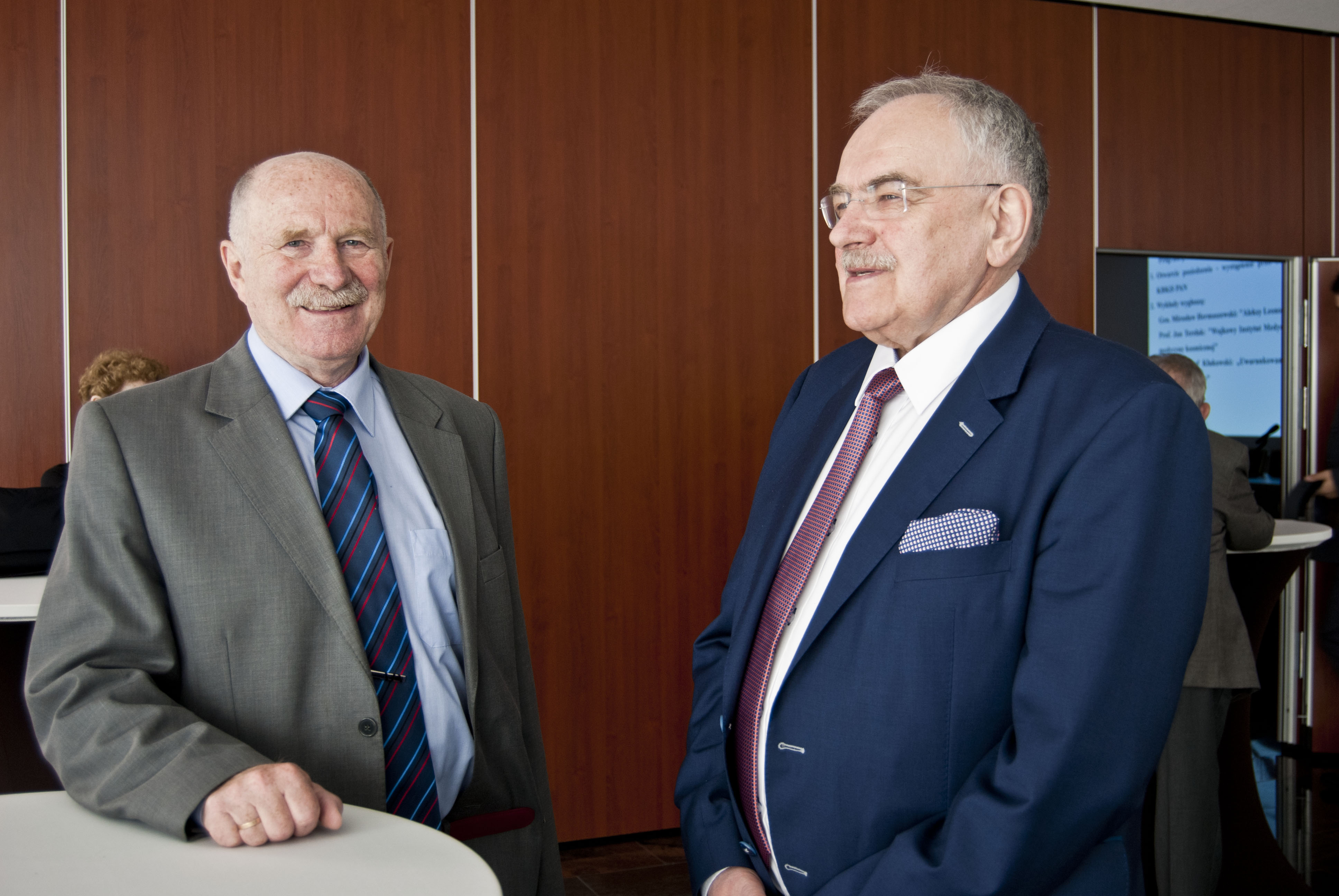
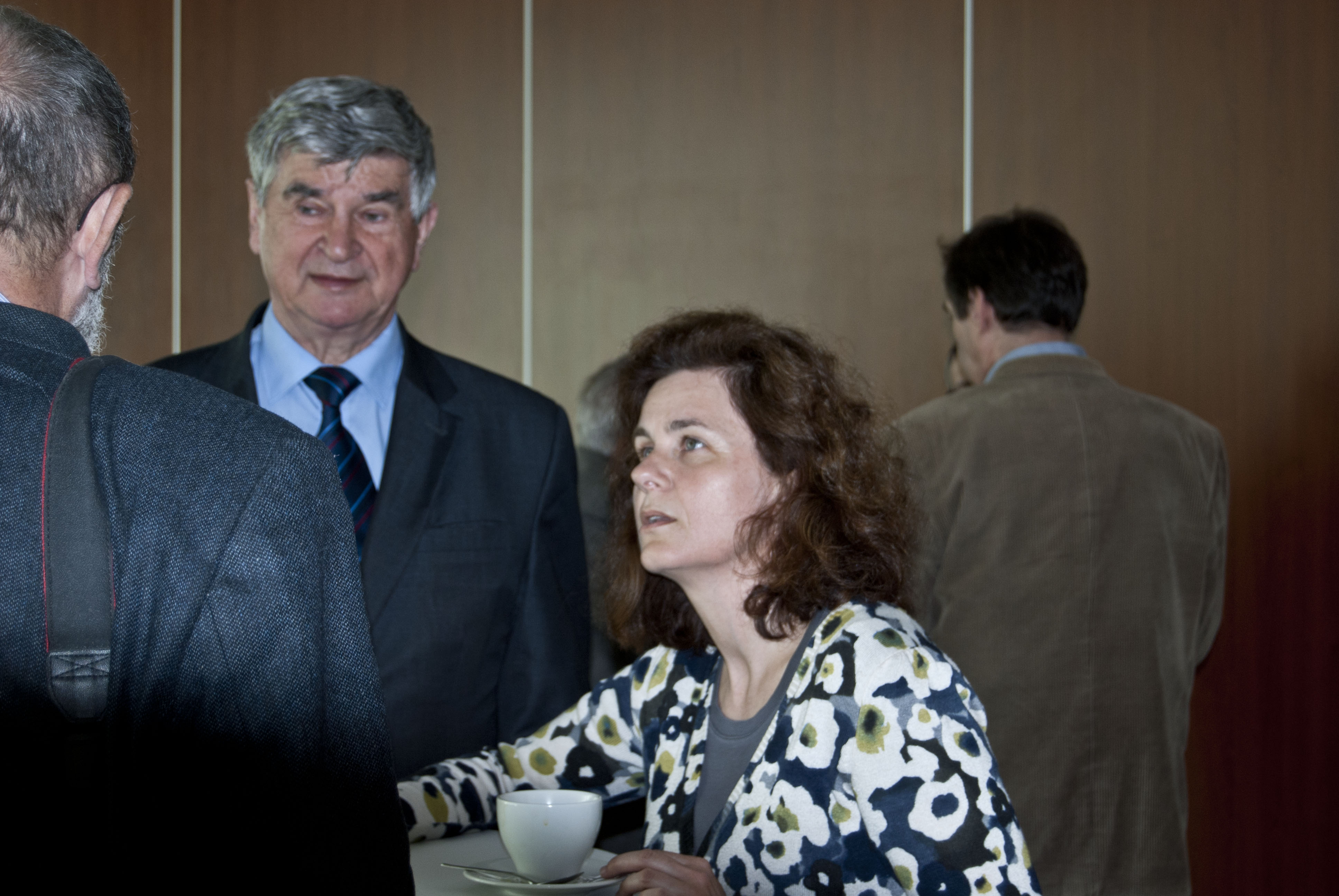
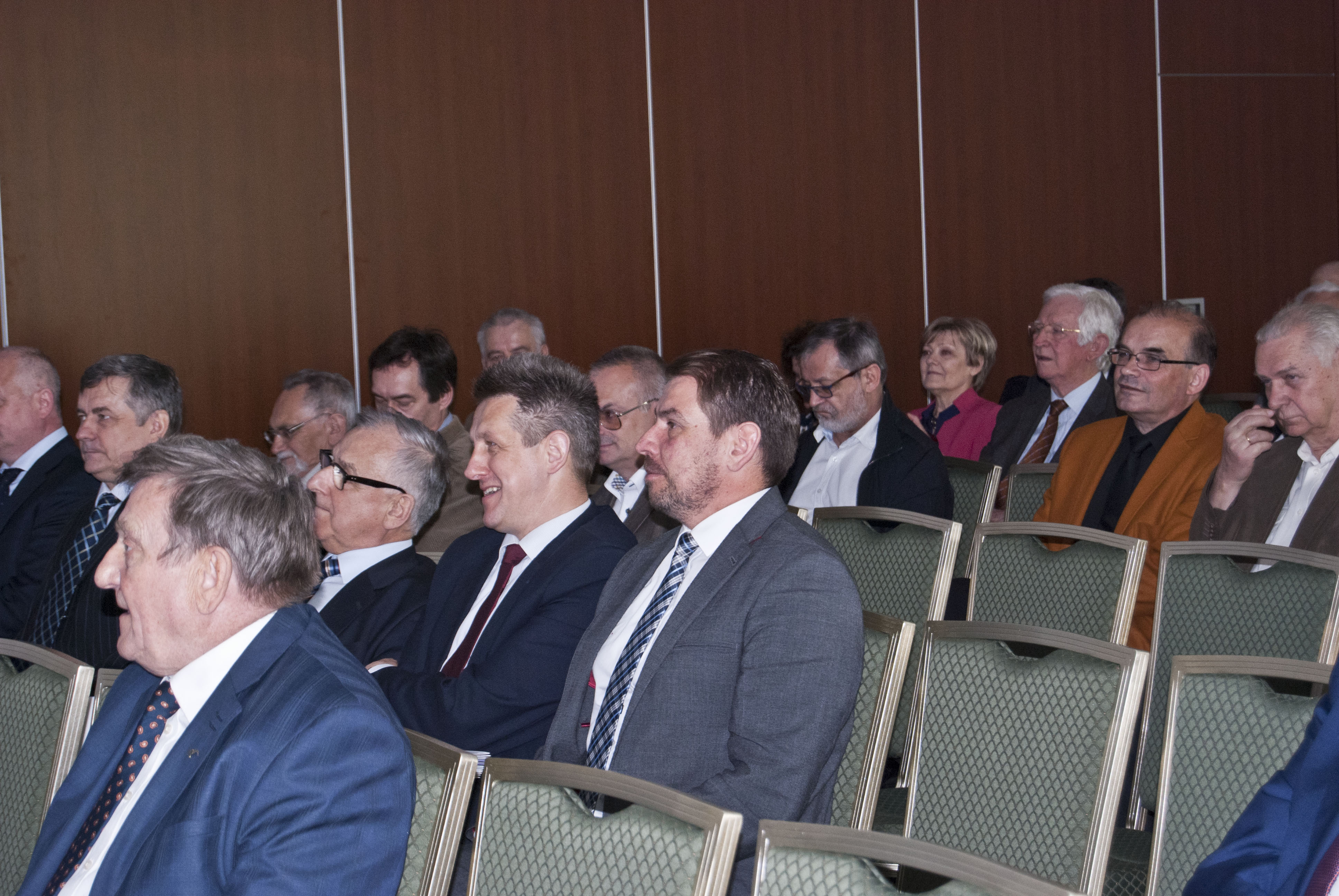

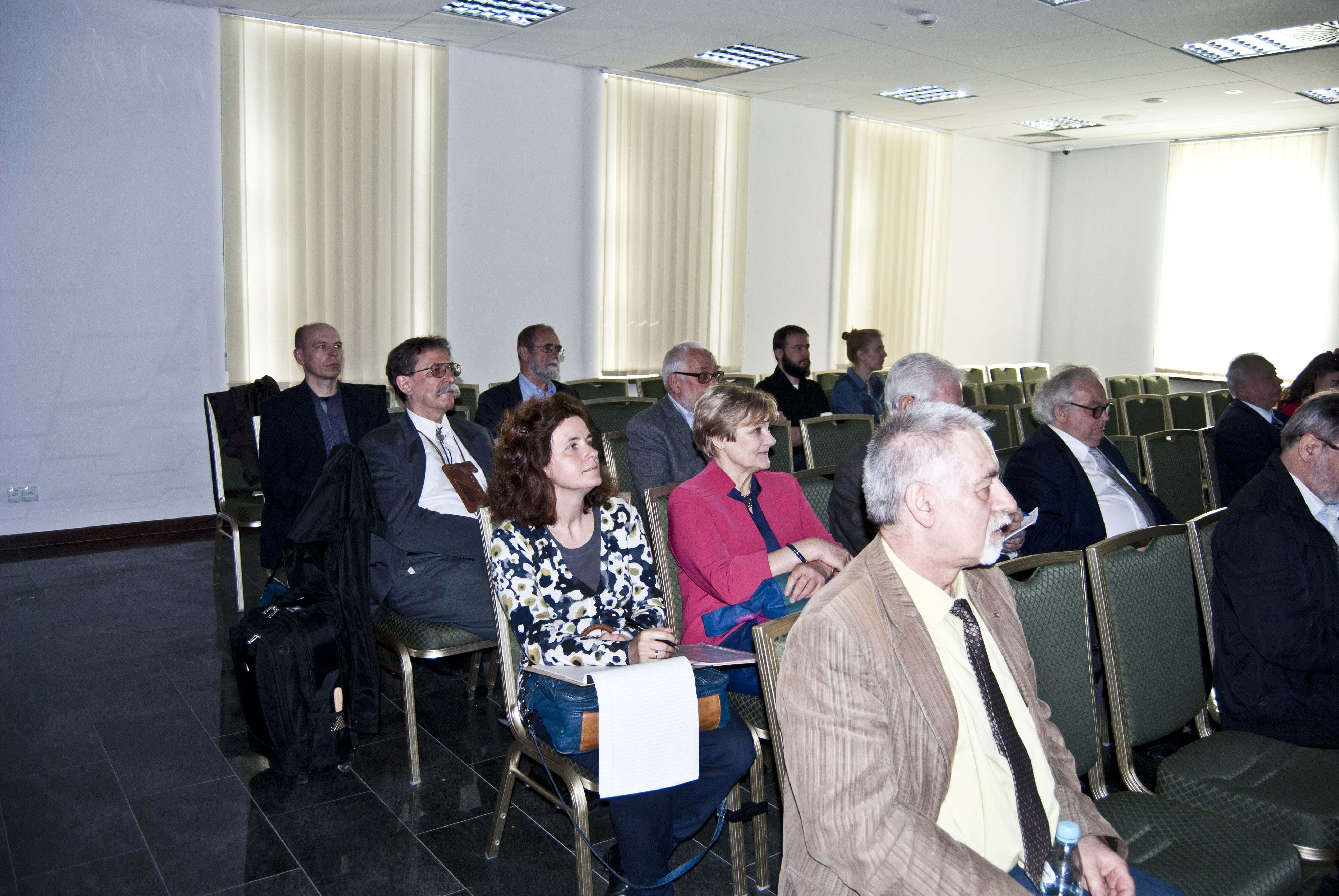
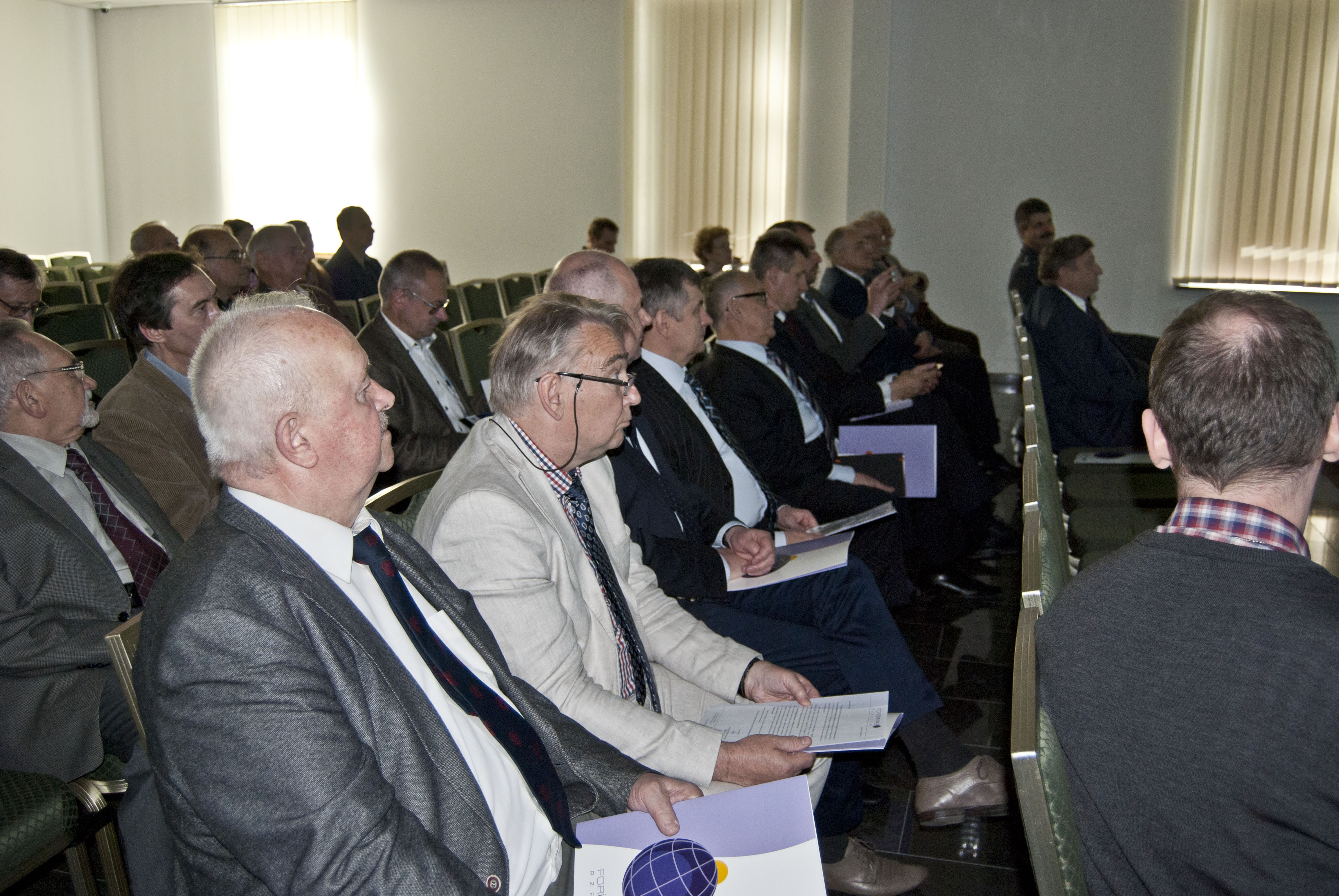
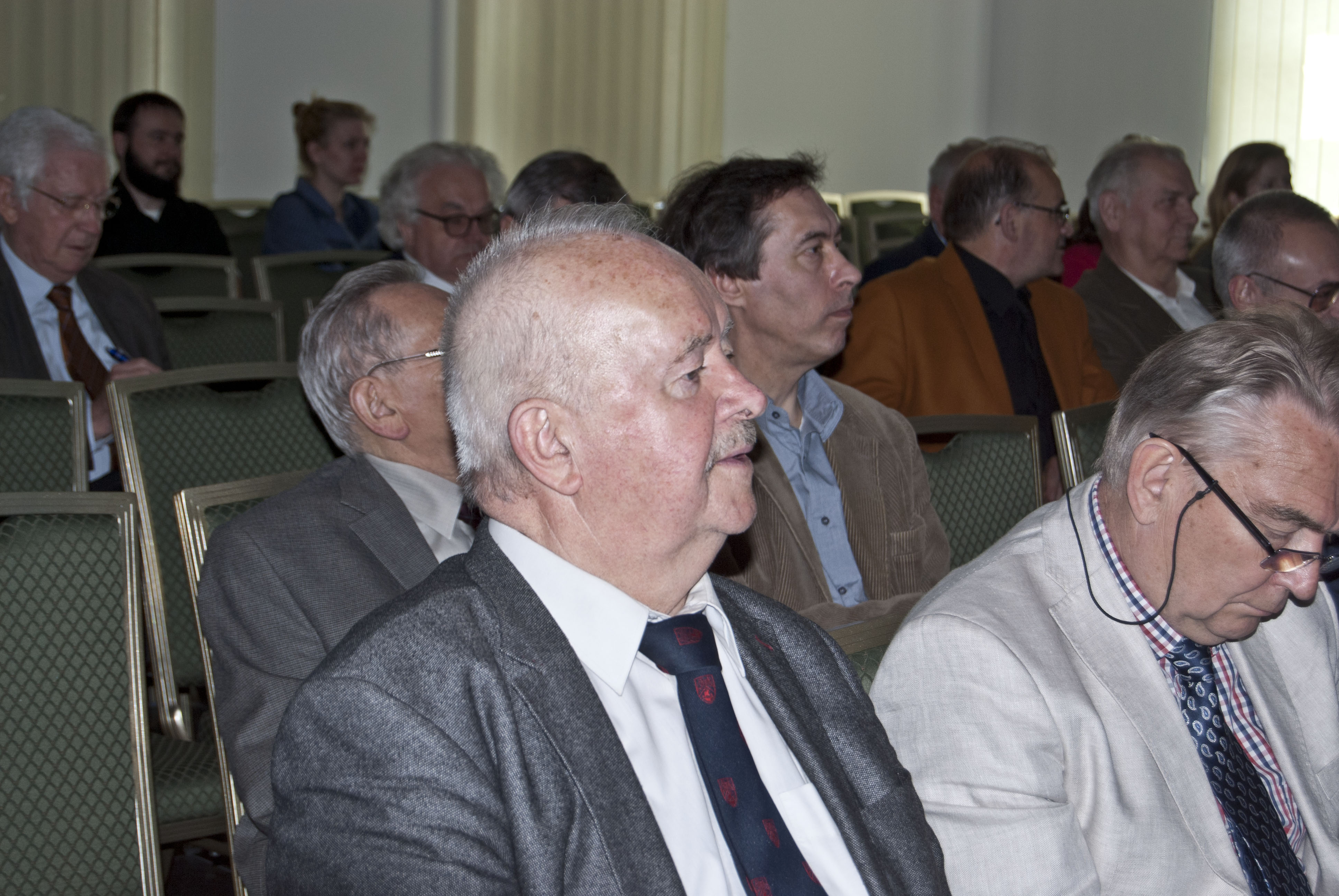

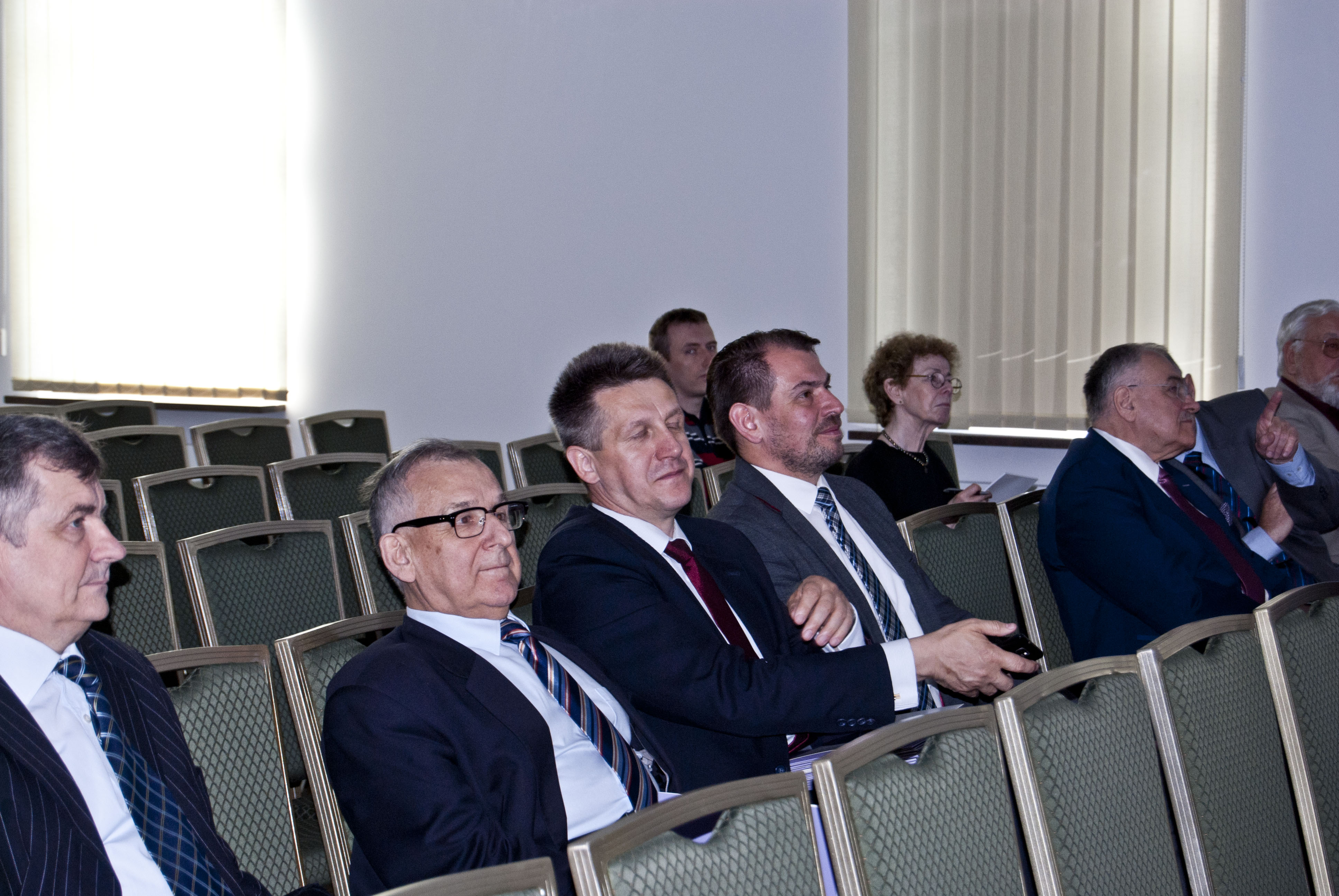



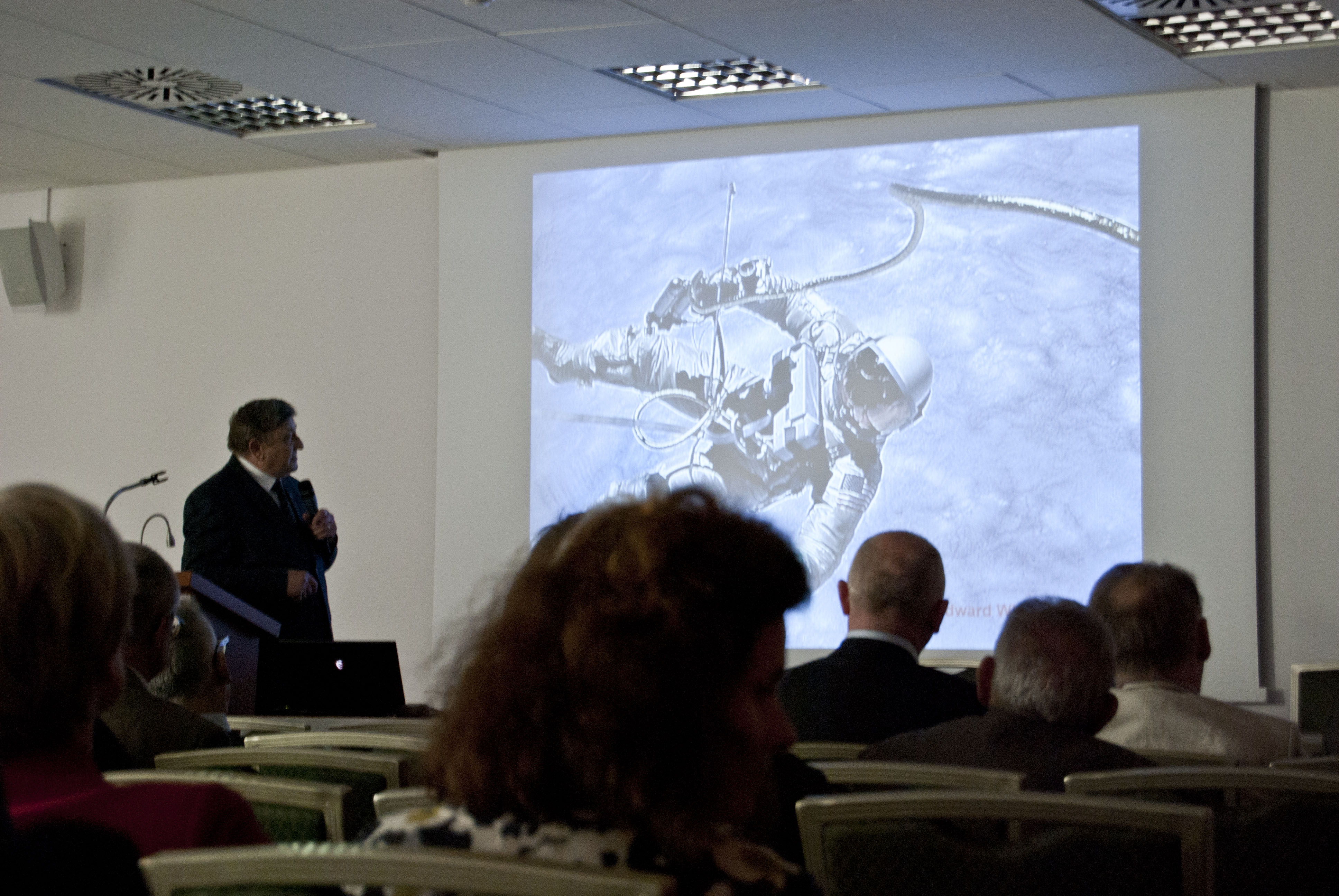
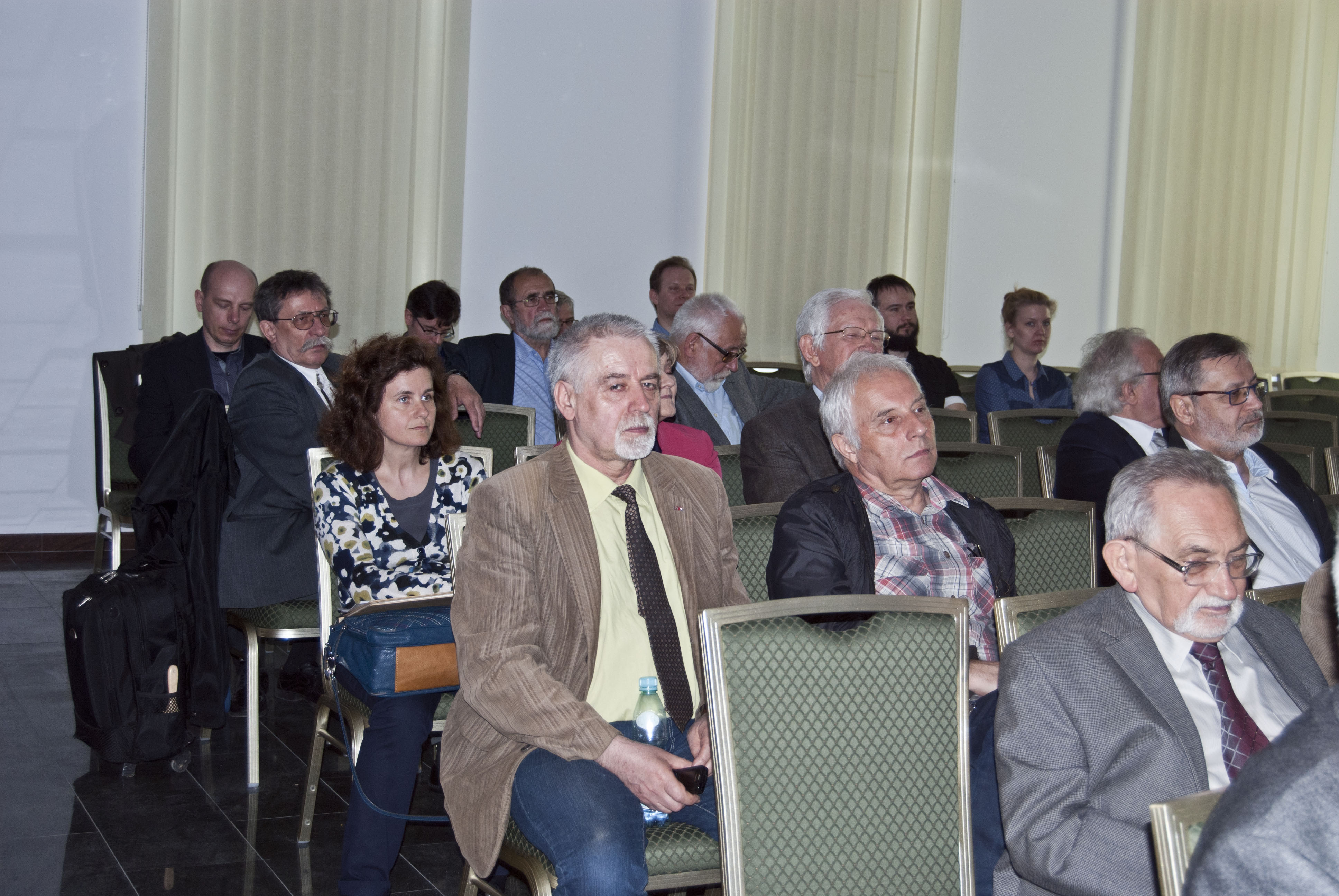
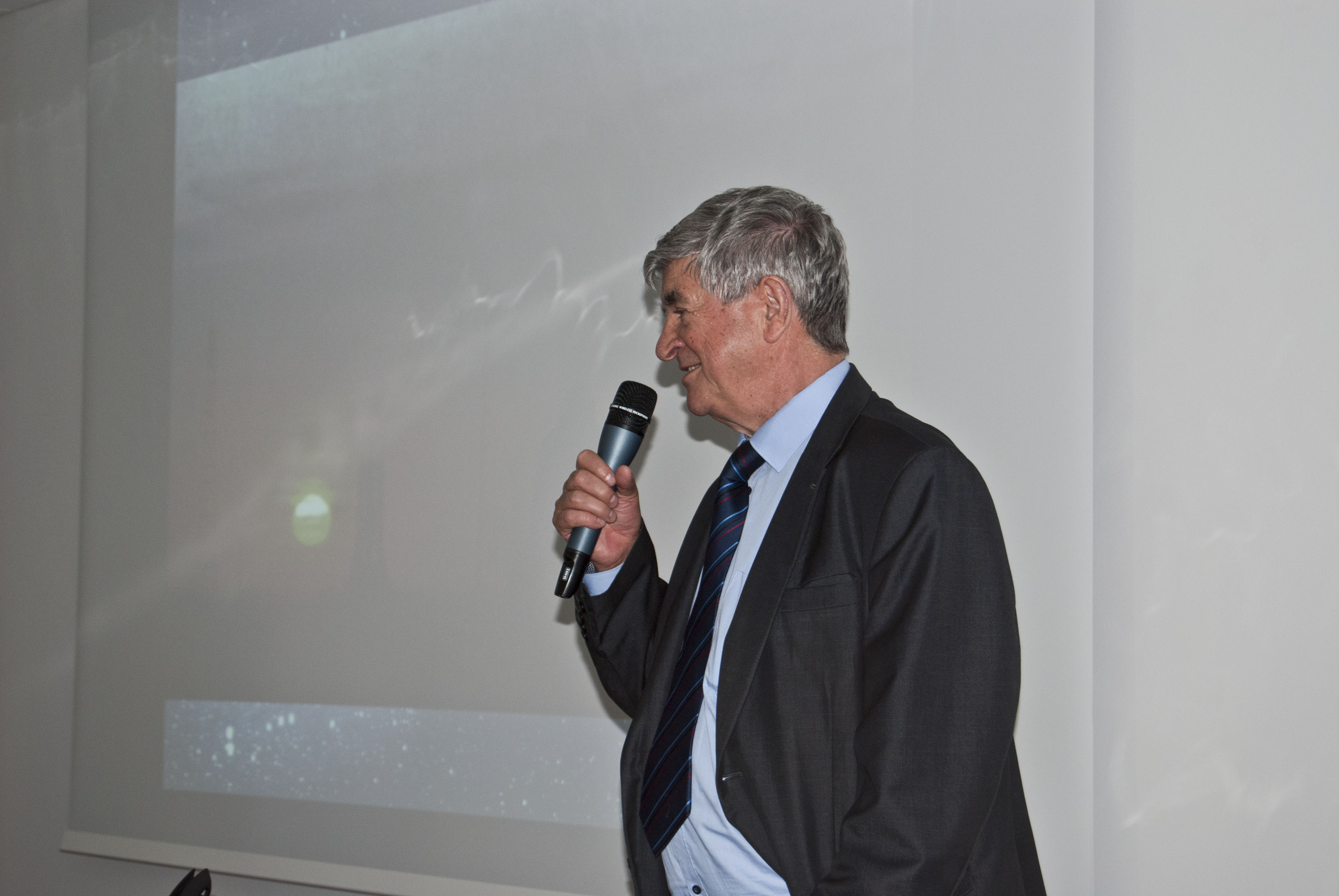
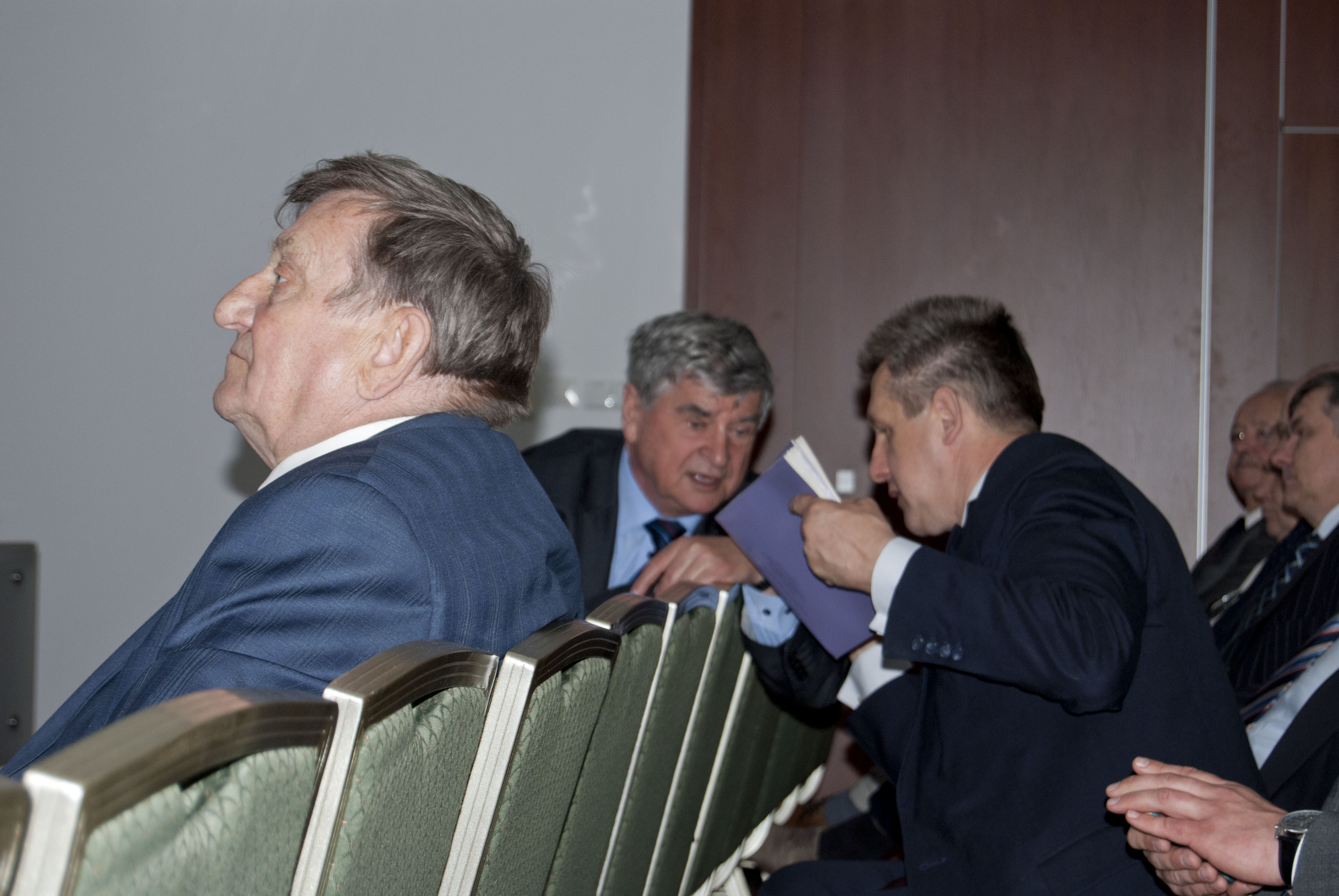
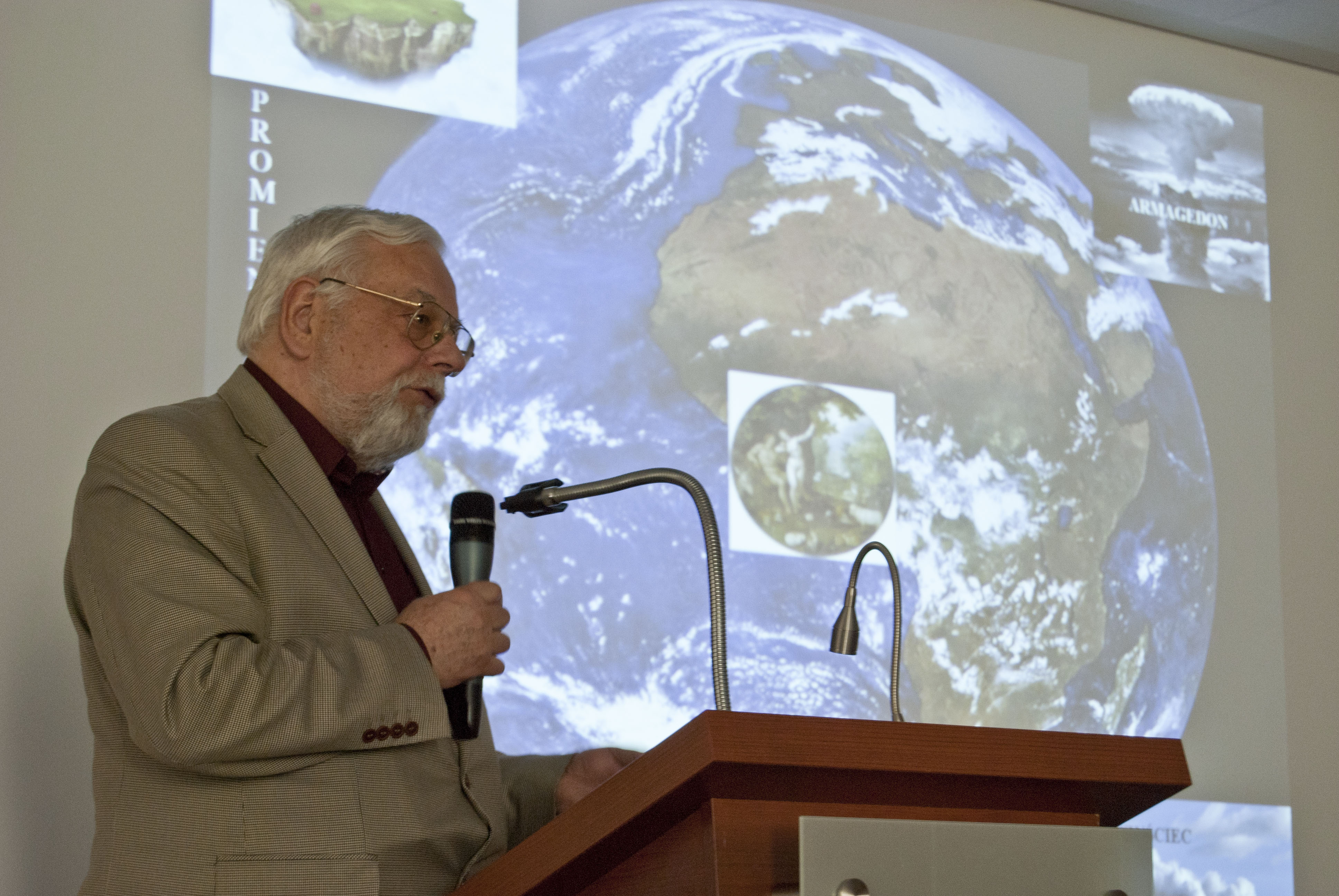

- Autor: Redaktor Strony Komitetu
- Kategoria: Uncategorised
Excellency,
Honorable guests, Dear colleagues,
Poland has a long history of engagement in astronomy and space exploration, but recently a few events were exceptional.
On 13 February 2012, during the maiden flight of new ESA rocket “VEGA”, the first Polish Satellite “PW-Sat”, built by the students from Warsaw University of Technology was placed in orbit. Then, on 19 November of the same year, Poland became 20-th Member of ESA. A year later the first Polish scientific satellite “LEM” was launched into orbit and is now starting explorations of the bright stars. Finally, last December one of the main European space programs GMES (Global Monitoring for Environment and Security) was named “COPERNICUS”!
Why “Copernicus”?
Nicolaus Copernicus – the Great Polish Astronomer - was born in a Polish town Torun in 1473. He initially studied at Jagiellonia University in Cracow, then in Italy, in Bologna, Padua and finally at Ferraze, where he obtained doctorate in Canon Law. After returning to Poland, he first settled in Lidzbark Warminski and then in Frombork, but when Olsztyn was besieged by the Teutonic Knights during the Polish–Teutonic War, Copernicus lead the defense of Olsztyn. Over his whole life he was a loyal citizen of the Polish state.
Copernicus was not only a great astronomer, but also a mathematician, physician, polyglot, classics scholar, translator, governor, diplomat, and economist who set down a quantity theory of money, and principal concept in economics. In Lidzbark he worked as the bishop’s secretary and later he moved to Frombork where he carried out the most important astronomical observations and wrote his book „ De revolutionibus orbium coelestium” (On the Revolutions of the Celestial Spheres), which formulated the basis for modern astronomy. The book was published in Nuremberg in 1543, just before his death, and this publication marks the beginning of modern astronomy.
Last year in Poland we started the initiative to donate the copy of the famous painting of Nicolaus Copernicus, by the famous Polish painter Jan Mateiko to the permanent exhibition of the UN OOSA. This initiative was strongly supported by Tadeusz Sławecki, deputy Minister of National Education, dr Włodzimierz Lewandowski from the Committee on Space Research of the Polish Academy of Sciences, professor Witold Wisniowski, director of the Institute of Aviation in Warsaw and myself personally. The copy of this painting was made by Łukasz Zedlewski and all financial support was provided by the Institute of Aviation in Warsaw.
Another reason why we are here today is the donation of the model of Polish scientific satellite “LEM”, to the UN OOSA permanent Exhibition. The satellite is a part of the constellation constructed jointly by Austria, Canada and Poland. This constellation, named “BRITE”, is devoted to studying the dynamics of bright stars. Three satellites of this constellation are already in orbit, two Austrians and a Polish one. The next Polish satellite in the "BRITE” constellation, named “HEWELIUSZ”, will be launched soon on board of the Chinese rocket Long March 3C. I hope the launch will be successful! Also Canadian satellites of this constellation are expected in orbit later this year.
I would also like to explain in a few words why the names “LEM” and “Heweliusz” were chosen for the Polish satellites of the “BRITE” constellation.
Stanisław Lem was a very famous Polish science fiction writer. His best known book, “Solaris”, has been made into a feature film three times. But he also wrote many other books, among which “The Star Diaries” and “Tales of Pirx the Pilot” are most popular. His books have been translated into 41 languages and have been sold in over 27 million copies.
The second Polish satellite of the “BRITE” constellation is named “Heweliusz”
Jan Heweliusz, was a great Polish Astronomer. He is considered as "the founder of lunar topography" and he was the author of the first map of the Moon. He was also the first Pole who became the member of the Royal Society in London.
Both Polish satellites of the “BRITE” constellation were built by the Space Research Center in cooperation with the Nicolaus Copernicus Astronomical Center of the of the Polish Academy of Sciences in Warsaw, under the grant from our Ministry of Science and Higher Education. The presented model is donated by the Space Research Center of the Polish Academy of Sciences.
Dear Madame Simonetta Di Pippo, Director of UN OOSA , it’s my gives great pleasure to transmit the two new exhibits items into your hands.
Ladies and Gentleman,
Thank you for your attention,
Piotr Wolański
Co-Chairman of the Polish Delegation


